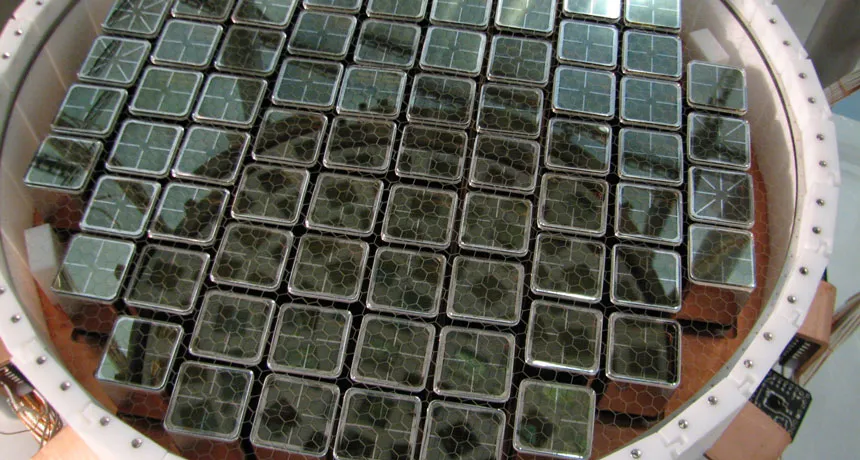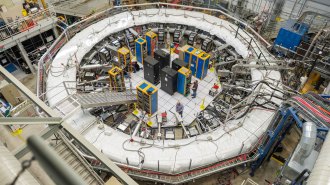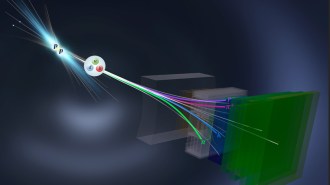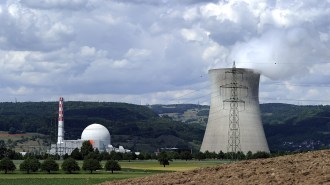Dark matter still missing
XENON100 experiment contradicts suspected signal from DAMA/LIBRA

MISPLACED MATTER A search for dark matter by the XENON100 experiment has found nothing. Photomultiplier tubes within the detector, shown above, detect light produced in interactions possibly caused by dark matter particles.
Jpienaar13/Wikimedia Commons (CC BY-SA 4.0)







